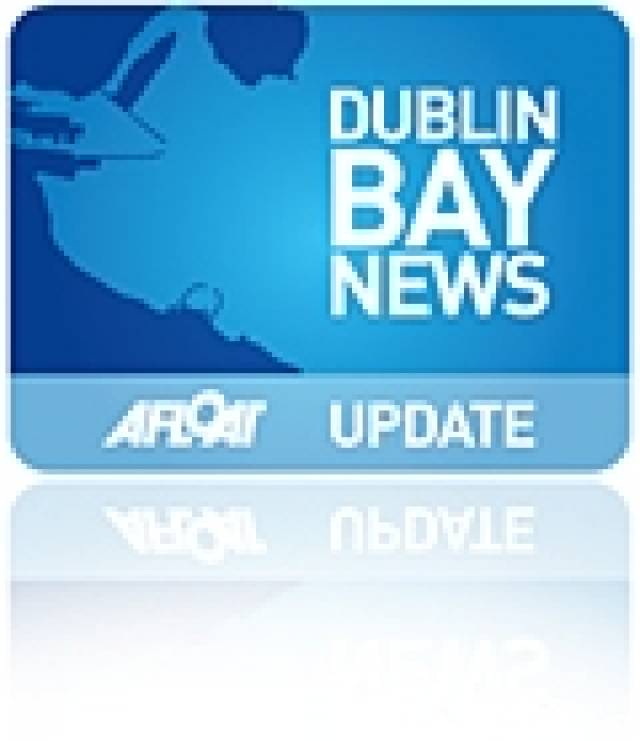#DunLaoghaire - Dun Laoghaire's 'urban beach' proposal has finally been approved by An Bord Pleanála months after a last-minute appeal against the scheme.
Originally greenlit by planners late last year, the project – modelled after Berlin's famous Badeschiff – faced a fresh objection in the weeks after that approval, amid local concerns over potential damage to the East Pier where its set to be installed.
Charges for use of the facilities were also an issue, as The Irish Times reports, with People Before Profit councillor Melisa Halpin decrying Dun Laoghaire-Rathdown County Council's fast-tracking of such high-profile projects over smaller schemes "such as a path through a field".
The urban beach scheme, now costed at some €2.75 million, will be co-funded by the council and the Dun Laoghaire Harbour Company, which recently lost board member Pam Kearney over concerns regarding it and other "cornerstone projects" of the harbour's master-plan.

























